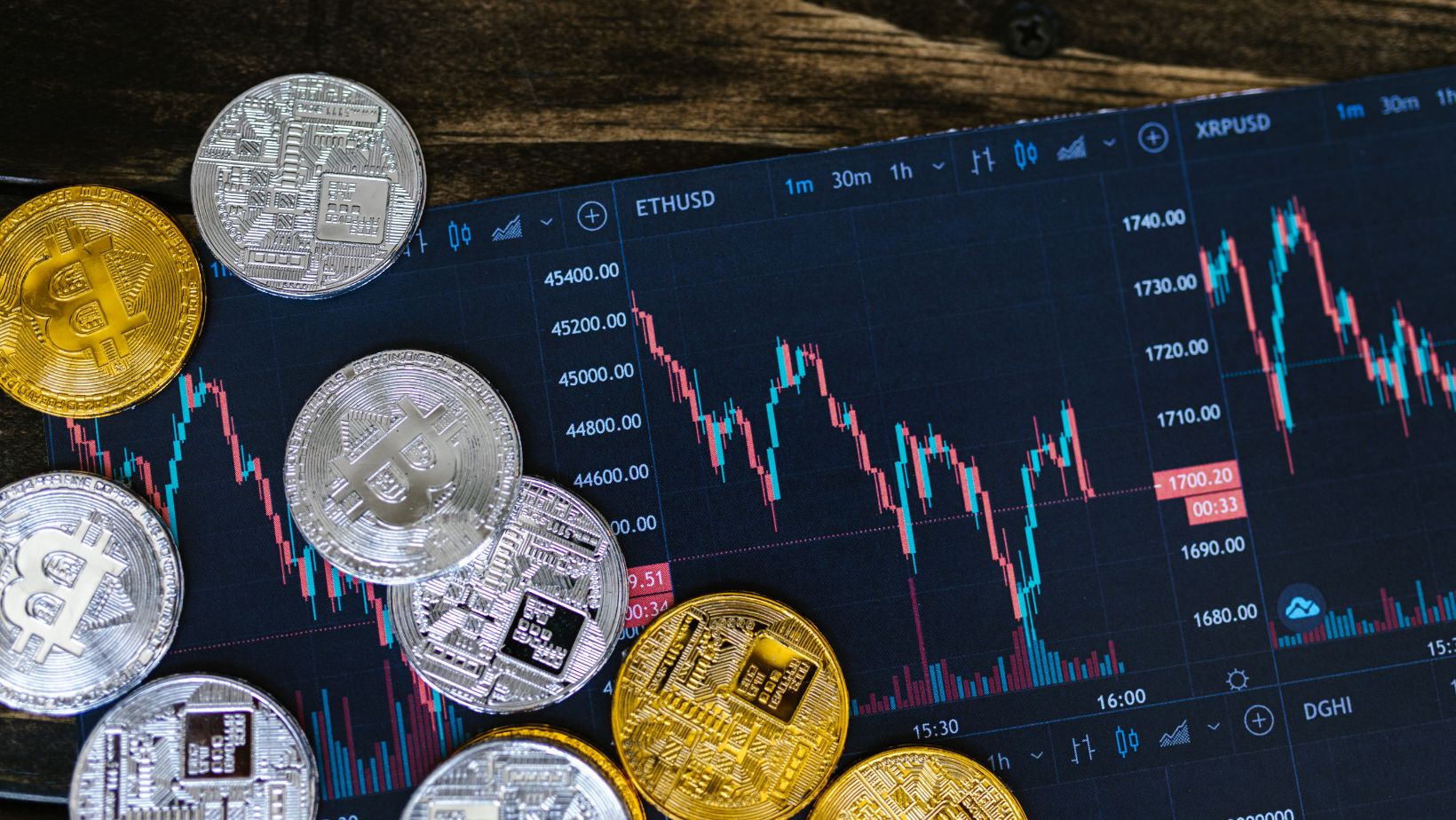
If you’re thinking about jumping into crypto, you’re not alone—and you’re definitely not late. But before you start throwing your savings at shiny tokens and Twitter tips, there’s one thing you should understand:
Crypto isn’t just another asset class. It’s a psychological test. One that constantly pokes at your patience, your ego, and your FOMO reflex. You don’t just need capital—you need clarity.
So if you’re not here for guesswork, here’s what you really need to know before you invest.
1. Not Everything Trending is Worth Chasing
There’s a moment that hits everyone early in their crypto journey: You see someone online bragging about turning $200 into five figures overnight, thanks to a random coin with a cartoon logo and no whitepaper in sight. Enter the newest meme coins—fun, loud, and often moving faster than your ability to Google what they do.
And sure, some early buyers get lucky. But more often, these coins are built on internet hype and emotional momentum. They’re volatile on a good day and rug-pull bait on a bad one. If you’re going to dip into meme coin territory, don’t treat it like investing. Treat it like playing a slot machine that speaks in crypto slang. Use money you’re totally fine losing. Then double-check that.
This space rewards early exits and good instincts, not blind loyalty.
2. You are Your Own Insurance Policy
In the traditional financial world, there are entire systems built around protecting you. In crypto? You’re it. You’re the bank, the security department, and the support hotline.
There are no refunds here. If you send coins to the wrong address, they’re gone. If your exchange gets hacked, you’re filing a tweet, not a claim. Even storing your crypto comes with its own learning curve—wallets, seed phrases, cold storage, and the growing fear that you’ll forget where you wrote down that one 12-word phrase.
So what do you do? You get paranoid—but the

healthy kind. Use trusted wallets (preferably hardware). Turn on 2FA. Keep your private keys offline. Never click links from “support agents” in Telegram. And if anything feels even slightly off? Walk away.
Security isn’t optional here. It’s the minimum requirement to play the game.
3. Volatility Isn’t a Bug—It’s the Entire Experience
Crypto doesn’t move like stocks. It lurches. It leaps. It crashes, rebounds, then crashes again before you’ve finished your coffee. The emotional ride is part of the package—and it’s why so many people lose money. Not because they picked the wrong coin, but because they panicked at the wrong moment.
If you’re looking for stable returns and slow growth, crypto might not be your zone. This is a space that rewards strategy and punishes impulse. If you’re the type to obsessively refresh price charts or base your decisions on what’s trending on X, you’ll burn out faster than the latest pump-and-dump.
Instead:
- Have a plan. A real one.
- Know your buy-in and your exit before you click anything.
- And most importantly, stay boring when others go chaotic.
Sometimes, the best move in crypto is to do nothing and wait.
4. Real Projects Don’t Need to Scream to be Seen
There’s a difference between a coin that’s loud and a legit coin. One is trying to pull you in with promises of “the next big thing.” The other is quietly building something that might still be here in five years.

Good projects don’t rely on hype. They have teams you can actually research, a roadmap that doesn’t look like a meme, and communities that aren’t just shouting “HODL” while the price tanks.
Before you invest, take time to ask:
- What’s the purpose of this project?
- Who’s behind it, and what’s their track record?
- Is anyone actually using this?
- Does it rely entirely on hype to grow?
If all you see is marketing with no substance—or worse, anonymous developers and fake partnerships—it’s not a deal. It’s a trap.
The Real Investment is in Your Mindset
Crypto isn’t just about buying low and selling high. It’s about developing the ability to not react when the market tries to shake you out. It’s about choosing patience over panic. Research over noise. And self-trust over every self-proclaimed expert with a YouTube channel.
You don’t need to be first. You don’t need to go all in. What you do need is a clear head and a healthy sense of skepticism.
Because in this space, it’s not the loudest who win. It’s the ones who know when to speak, when to act, and when to close the tab and go outside.












